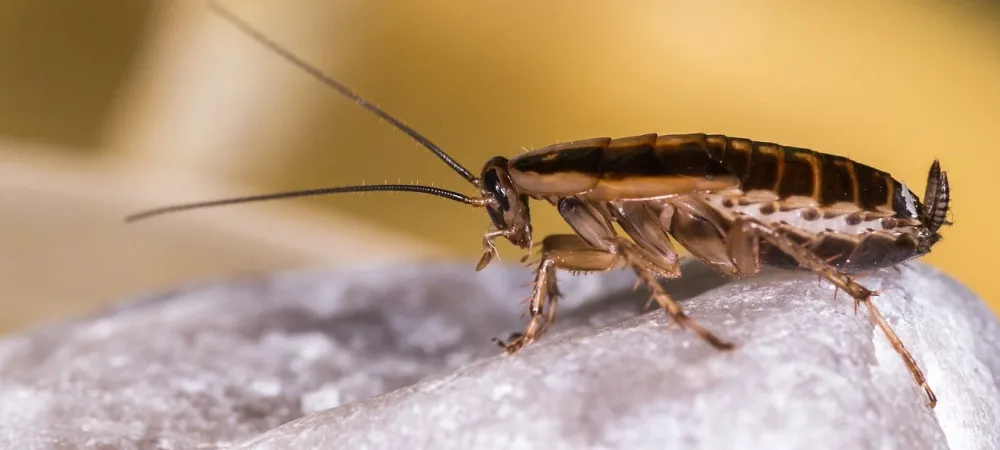Fall Pest To Watch For

As the temperatures drop and the days get shorter, many homeowners notice an increase in unwanted guests around the house—but not the friendly, seasonal kind. Fall brings a rise in pest activity as various critters seek shelter from the cold. At Wildwoods Pest Control, we know how frustrating these autumn invasions can be. In this post, we’ll outline the most common pests you’re likely to see during October and November and offer some helpful tips on how to keep them out of your home.
1. Rodents (Rats and Mice)
Rodents are notorious for making their way indoors as soon as the weather cools down. They can squeeze through tiny openings and cause serious damage, chewing through wires and insulation. They also carry diseases, so spotting signs of their presence, like droppings or gnaw marks, should lead to immediate action.
2. Cockroaches
Cockroaches thrive in warm environments, and when it gets chilly outside, they look for warmth indoors. They often infest kitchens and bathrooms, and once they settle in, they can be tough to get rid of. Professional pest control is highly recommended to eliminate cockroaches.
3. Spiders
While most spiders are harmless, no one likes an increase in indoor sightings. In the fall, spiders may come indoors seeking warmth and a food source. Common house spiders and cellar spiders are the usual suspects.
4. Stink Bugs
Stink bugs become a significant issue in the fall. They often gather in large numbers on warm sides of houses, and if they get inside, they release a pungent odor when crushed or disturbed.
5. Boxelder Bugs
Boxelder bugs are harmless but can be an annoying nuisance as they gather in large numbers on the sunny side of homes. Like stink bugs, they are trying to find a place to overwinter, often getting inside through small cracks and crevices.
6. Ants
Though they’re less active outdoors in the fall, ants may start entering homes more frequently in search of food. Carpenter ants, in particular, can cause structural damage if they establish nests indoors, so it’s crucial to address any infestation quickly.
7. Cluster Flies
Cluster flies are another pest that becomes more of a problem in the fall. They swarm on sunny walls and often end up inside attics or wall voids, where they hibernate through the winter.
8. Ladybugs (Asian Lady Beetles)
While they may seem cute, ladybugs (especially the Asian lady beetle species) can become a nuisance in the fall when they invade homes in large numbers. You’ll often find them clustered around windows and doors, trying to get inside.
How to Protect Your Home from Fall Pests
Now that you know what pests are active during the fall months, here are a few tips to keep them out:
- Seal entry points: Inspect your home for cracks, gaps, and holes in the foundation, doors, and windows. Seal any potential entry points with caulk or weather stripping.
- Keep your home clean: Pests are attracted to food, so regular cleaning and proper food storage will reduce their interest in your home.
- Eliminate moisture: Fix any leaky pipes or areas of excess moisture, as pests like cockroaches and ants are drawn to water.
- Store firewood properly: Keep firewood at least 20 feet away from your home to prevent pests like rodents from finding an easy path indoors.
Call Wildwoods Pest Control Today!
If you’re noticing an uptick in pests this fall, don’t wait until it gets worse. At Wildwoods Pest Control, we offer comprehensive pest management services to keep your home pest-free year-round. Give us a call today to schedule an inspection or learn more about our seasonal pest control solutions!
